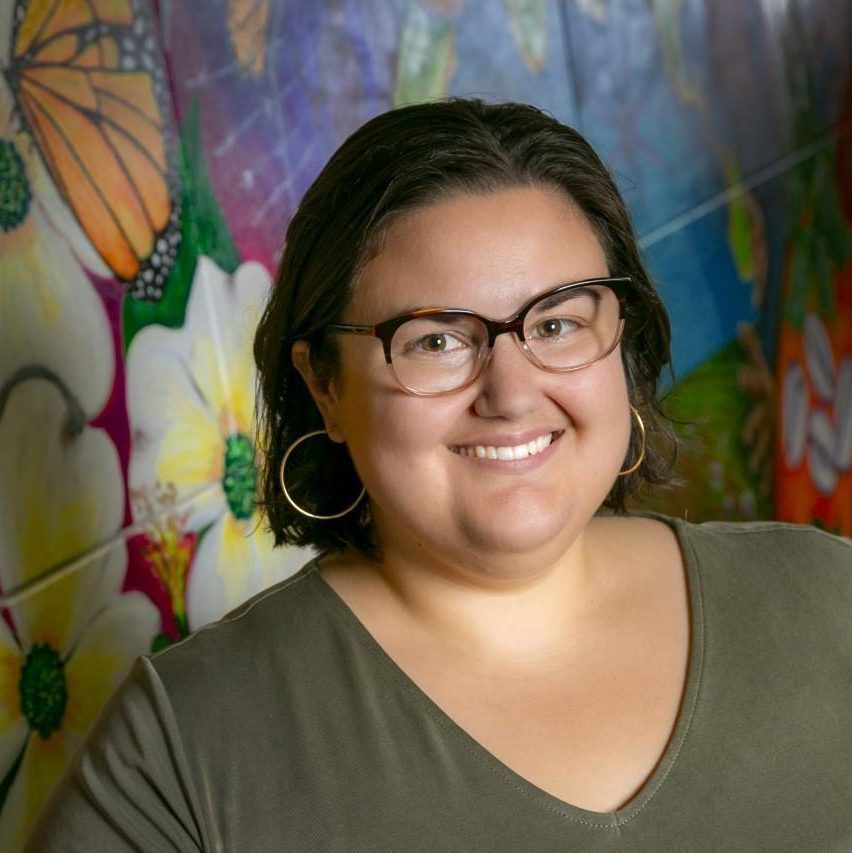By Dr. Cecilia Márquez
@ProfCeciliaM

For many in higher education, including myself, the COVID19 pandemic and the subsequent shift to online learning prompted a critical moment of reflection. What was the purpose of the classroom? Could we replicate that online? What can a college course offer a student quarantined in their childhood bedroom? What did we need from each other in this time of crisis?
Like many other professors, it became clear that what we all needed most was grace. Students needed grace from Professors as they navigated new living situations and caregiving roles. Professors needed grace from students as we learned to reconfigure our pedagogies online.
From my end, this took many forms. Expectations around attendance, participation, and most importantly for students, grades, eased a bit in these dire circumstances. Things were different when teaching from quarantine – they had to be.
The return to the classroom, however, raised new questions about what would continue from the times of quarantine teaching and what would change. There were many things that I was eager to leave behind from our foray into online learning and teaching in a moment of crisis: the struggle to read whether my students understood a concept when half the boxes were blacked out or just the top half of my students’ faces, the constant battle with technology and Zoom updates, and the isolation many of us felt.
With the return to in person teaching, some professors have argued, that the easing of standards that began in the height of quarantine needs to be corrected in light of what they view as the deleterious effects on our students. While it is true that the return to the classroom will undoubtedly mean a return to many of our older ways of teaching, one of the things I found myself wanting to retain from this moment was a reimagining of what grades could be.
In pursuit of this goal of rethinking the role of grades in my classroom I have spent the last year learning about “ungrading” and experimenting with this practice in the classroom. Ungrading, as Dr. Jesse Stommel defines it, “means raising an eyebrow at grades as a systemic practice.” Rather than simply “not grading,” it is a critical approach that unsettles our accepted ideas about the natural place of grades in our classrooms. Some at Duke, like Dr. Adam Rosenblatt, have already taken up this call. His guest column in The Duke Chronicle, “Committing to ungrading in an emergency and after,” calls on Duke to think beyond the moment of emergency and instead consider ungrading as one antidote to the challenges we face today.
As both Rosenblatt and Stommel note, ungrading is not a one-size-fits-all approach. It is not simply the eradication of grades from our classrooms. Instead, it can take many forms.
In my own classroom I have begun to experiment with the ungraded assignments alongside traditional grades. In my courses this has taken the form of an assigned midway presentation on their progress toward their final project. Students were asked to give a presentation to the class as a way to solicit feedback and troubleshoot potential issues.
This assignment ended up being a success both for myself and the students. As few Duke professors will be surprised to hear, the students in my course took the assignment seriously and produced phenomenal work. They also asked different questions in preparation for the assignment. They were curious about the learning goals of the assignment (what form would this be best in? what kind of ideas should we express? What is the overall goal?) rather than the bureaucratic minutiae of trying to understand a grade rubric.
Like many professors, I love to engage student work. What I don’t love is having to assign a grade to these still-in-process expressions of learning. Ungrading freed me from the thankless task of deciding between an A- and a B+ and instead allowed me to think alongside my students about how to best improve their work.
I found that the assignment allowed me to offer different kinds of feedback than a typically graded assignment. Part of grading is often an explanation of what a student did well and what a student could improve, at least in part in service of explaining the grade decision. Instead, in this ungraded assignment I felt freer to offer feedback as I would a peer—with rigor, insight, but also curiosity about where this might go. The feedback was an opening of a question rather than the conclusion of an assignment.
It is my hope that in future classes I can continue to experiment with new forms of ungrading. Having students assess their own work or peer review assignments rather than receiving grades, grading contracts, and, as I have already done, offering students assignments that simply will not be graded. I believe that this offers us a pathway to creating more equitable, compassionate, and pedagogically sound ways of learning and connecting with our students.
